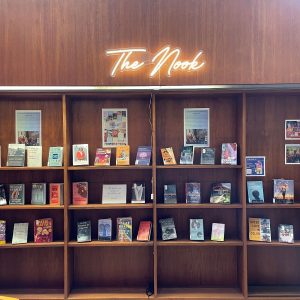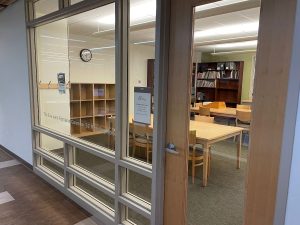Starting in February 2024, Web Services will engage in a new approach to Drupal training for new users. Bryn Mawr community members who request access must first be approved by the section admin for the area of the website in which they are looking to author content. Upon approval, the requestor will be required to attend Drupal New User Training. These training sessions are offered on a monthly basis, on the third week of each month. Registration is required to attend the training. Access to author content in Drupal is granted at the time of the training session. Training sessions will be administered remotely via Zoom for ease of access. Click here to see all upcoming Drupal New User Trainings.
In addition to Drupal New User Training, Web Services partners with Communications to offer a monthly Drupal Drop-In session which explores various tools that content authors can use to elevate important content on their pages. Click here to see all upcoming Drupal Drop-Ins.
As always, you can find our full suite of Drupal documentation and training videos in Ask Athena.
Please contact the Help Desk with any questions or concerns: help@brynmawr.edu or 610-526-7440.


